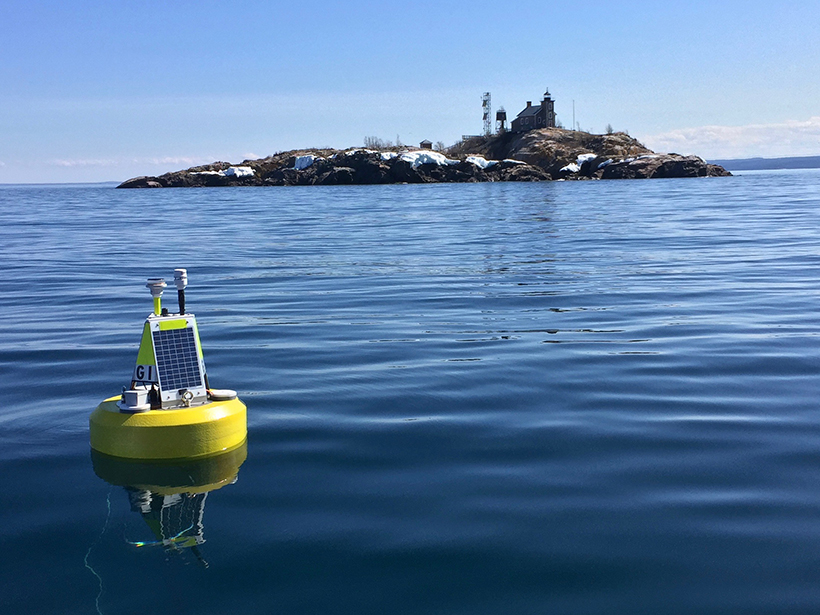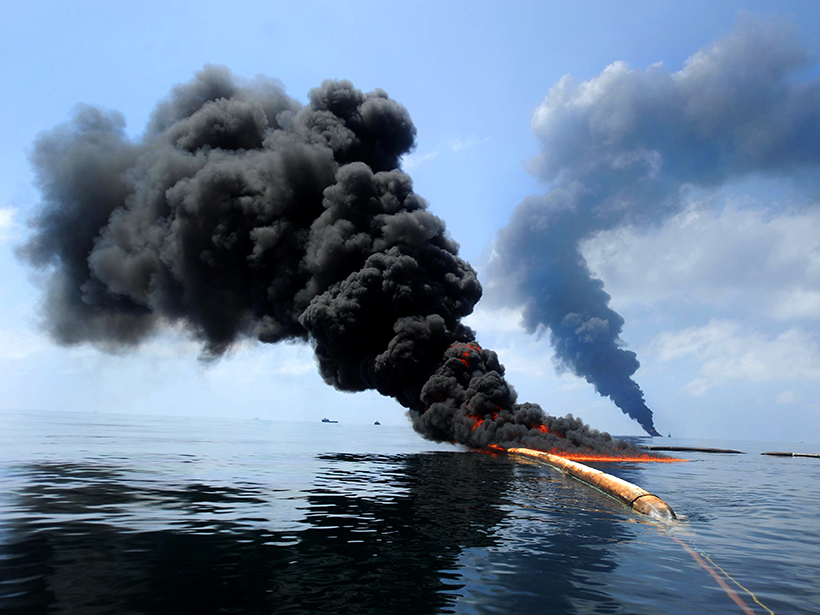The Superior Challenge Summit: Forecasting El Niño's Impact on the World's Largest Lake; Ann Arbor, Michigan, 17–19 May 2016
ecosystems
Anthropogenic Drought: How Humans Affect the Global Ecosystem
Amir AghaKouchak discusses how human activity affects water supply and the environment.
Habitat Fragmentation Prevents Migration During Climate Change
East Coast species will face the most difficulty finding routes to cooler homes as climate change forces migration.
Deepwater Horizon Oil Lingered and Sank, Stuck to "Marine Snow"
A new study may explain how supposedly buoyant oil from the huge 2010 oil spill coated corals and other organisms on the ocean floor.
How Tropical Cyclones Influence Photosynthesis
A new modeling study gives insight into how tropical cyclones affected ecosystems in the southeastern United States between 2002 and 2012.
What Does the Pacific Arctic's New Normal Mean for Marine Life?
Climate change has reconfigured Arctic ecosystems. A 5-year project focuses on the relationships among oceanographic conditions and the animals and other life-forms in this region.
Tide Pools Mimic Climate Change in Everyday Cycle
Researchers unexpectedly discovered that tiny shoreline ecosystems act as miniature laboratories in which ocean acidification and its effects play out nightly.
Glacial Meltwater Features Depend on Glacier Type and Location
With climate change, some glaciers will melt faster than others, altering the proportions of nutrients in meltwater and changing downstream ecosystems.
Asphalt Volcanoes Erupt in Slow Motion
Natural asphalt seeps on the ocean floor provide a stable home for diverse marine life that sequesters greenhouse gases.
How Oceans Could Change If We Reverse Anthropogenic Warming
A computer simulation shows a net increase in primary production by phytoplankton if climate change were mitigated by 2200 but also indicates big changes in the makeup of those species.










